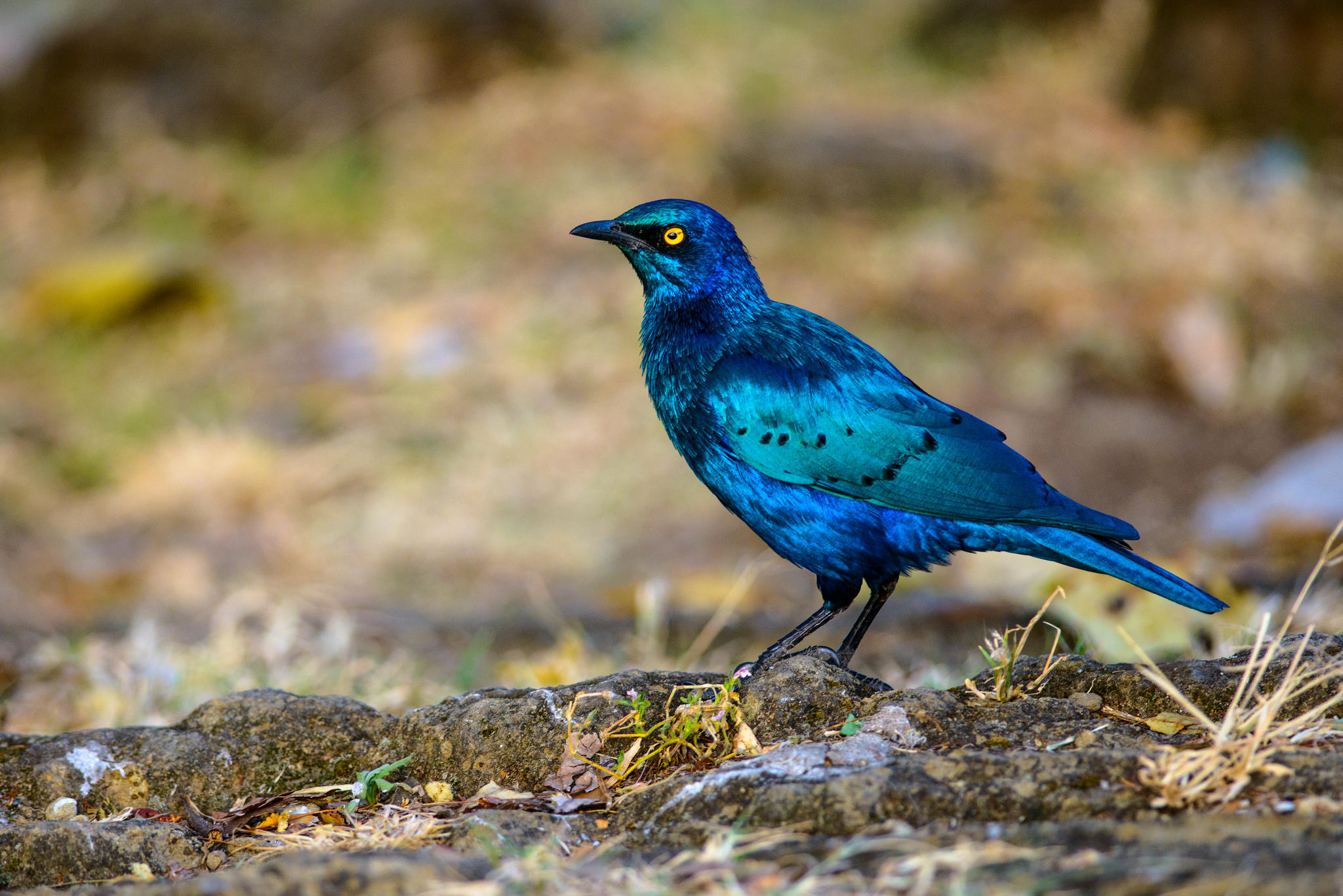The Splendid Starling: A Jewel Of The African Skies
Share
The Splendid Starling, scientifically known as Lamprotornis splendidus, is a captivating bird that belongs to the family Sturnidae within the order Passeriformes. This species is renowned for its vibrant plumage and striking appearance, making it a favorite among birdwatchers and nature enthusiasts alike. In this article, we will explore the taxonomy, physical characteristics, habitat, diet, behavior, reproduction, and conservation status of this remarkable bird.

Taxonomy
The Splendid Starling is classified under the following taxonomic hierarchy:
- Order: Passeriformes
- Family: Sturnidae
- Suborder: Oscines
- Subfamily: Sturninae
- Species: Lamprotornis splendidus
- Subspecies: splendidus
- Type: T[urdus] splendidus Vieillot, 1822
This bird was first described in 1822 by the French ornithologist Louis Jean Pierre Vieillot in his work "Tableau Encyclopédique et Méthodique des Oiseaux."
Physical Characteristics
The Splendid Starling is easily recognizable due to its iridescent plumage, which displays a stunning array of colors, including deep blues, greens, and purples. The bird measures approximately 25 cm (9.8 inches) in length, with a robust body and a long, pointed tail. Its eyes are bright and expressive, often appearing to glimmer in the sunlight.

Habitat
The Splendid Starling primarily inhabits a range of environments across its distribution, which includes Principe Island, Nigeria, northern Angola, southern Sudan, central Ethiopia, and northern Tanganyika. This bird is often found in open woodlands, savannas, and areas near human settlements, where it can forage for food. The presence of trees and shrubs is essential for nesting and roosting.

Diet
The diet of the Splendid Starling is diverse, consisting mainly of insects, fruits, and seeds. This bird is known for its foraging behavior, often seen hopping on the ground or perching on branches to catch insects. During the fruiting season, it will readily consume berries and other fruits, playing a vital role in seed dispersal within its ecosystem.

Behavior
The Splendid Starling is a social bird, often seen in small flocks, especially outside the breeding season. Its vocalizations are a series of melodious whistles and chattering sounds, which can be heard during courtship displays and territorial disputes. The bird is also known for its acrobatic flight, often performing aerial displays to attract mates.
Reproduction
Breeding typically occurs during the rainy season, when food is abundant. The female Splendid Starling builds a cup-shaped nest in tree cavities or dense shrubs, using grass, leaves, and feathers. The female usually lays 3 to 5 eggs, which she incubates for about two weeks. Both parents participate in feeding the chicks once they hatch, ensuring their survival in the wild.

Conservation Status
Currently, the Splendid Starling is not considered endangered, with a stable population across its range. However, habitat loss due to deforestation and urbanization poses a potential threat to its future. Conservation efforts aimed at preserving natural habitats and promoting sustainable land use practices are essential to ensure the continued survival of this beautiful species.
Observing the Splendid Starling
For birdwatchers eager to observe the Splendid Starling, the best locations include open woodlands and savannas in its range. Early mornings and late afternoons are ideal times for spotting these birds as they forage and engage in social behaviors. Binoculars and a good field guide can enhance the experience, allowing enthusiasts to appreciate the intricate details of their plumage and behavior.
The Splendid Starling is not just a visual delight; it plays a crucial role in its ecosystem as a seed disperser and insect controller. Its presence indicates a healthy environment, making it a valuable species to monitor.
In summary, the Splendid Starling is a remarkable bird that captivates with its beauty and ecological significance. Observing this species in its natural habitat offers a glimpse into the vibrant life of African avifauna, reminding us of the importance of preserving the delicate balance of nature.